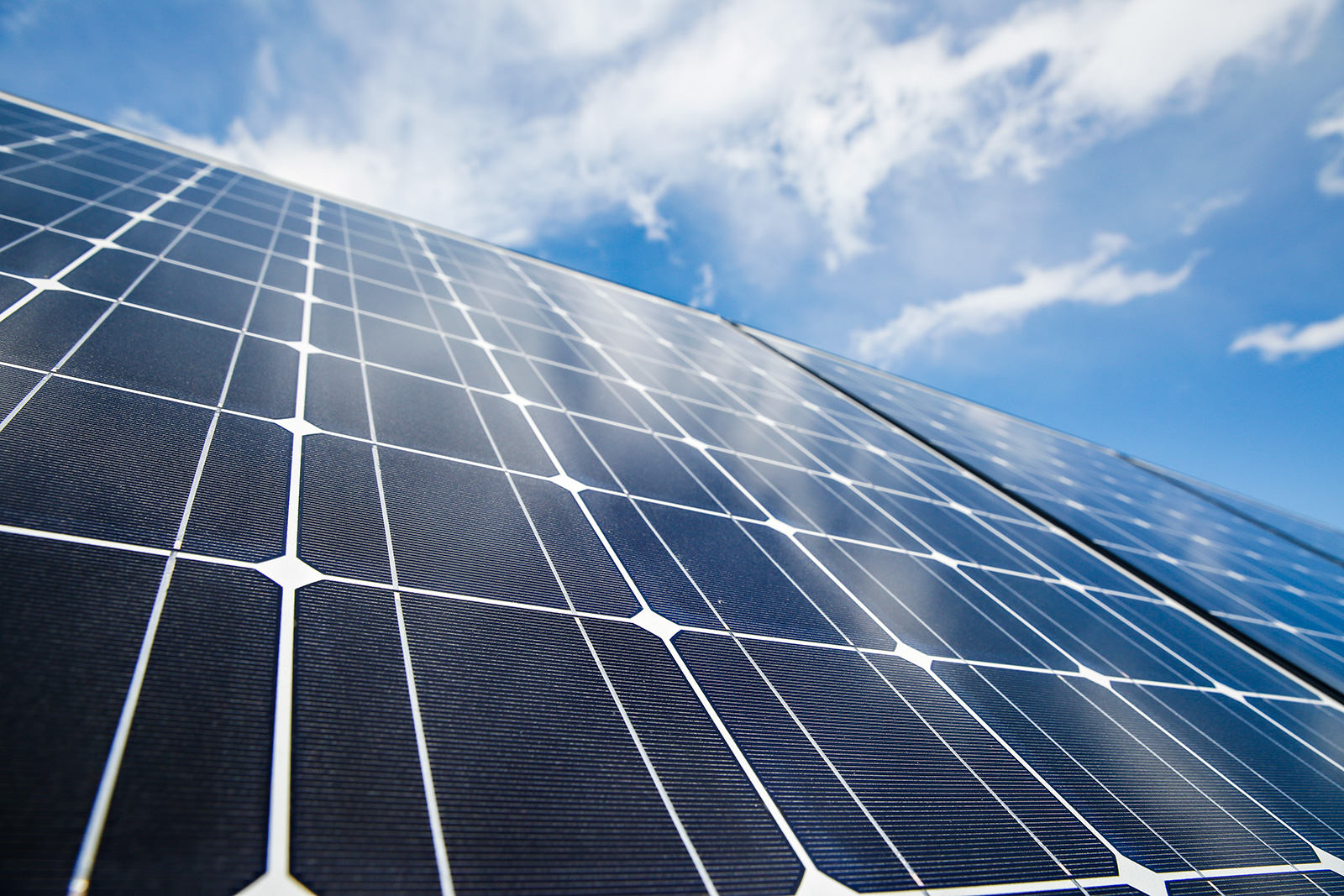Queensland is taking the lead in going backwards on solar power, with Energy Queensland mandating a new device, a few new acronyms, a new layer of complexity and a new expense. Read also : World-Leading Chinese Solar Panel Makers Report Surge in Preliminary Earnings. All in the name of keeping things under control as solar generates more and more energy in the Energex and Ergon networks.
Generation Signalling Device (GSD) Requirements For Energy Queensland
They’re calling it an “Emergency Backstop Mechanism” which, if you take it at face value, and I mean the choice of words is telling, it is a strange approach. It reminds me of an old workplace I frequented. This may interest you : If ever there was a time to expend our energies on fusion …. The door from the office to the back of house was labelled “Planning and Operations Department” and some wag wrote an apt subtitle… “Panic and Reactions”.
Instead of actively managing the ebb and flow of a situation, it seems they’re entrenching a mindset that just switching it off until the problem goes away is acceptable practice. “NO” is the easy answer.
GSD – another device to clutter the switchboard.
What Is A Generation Signalling Device (GSD)?
This is a device installed on a solar system that allows the electricity utility (Energy Queensland) to switch off the solar power system remotely. A signal is sent to the GSD via the power lines using Audio Frequency Load Control (AFLC). The GSD receives the signal and switches the solar system either OFF or ON depending on the signal received.
Simple connections for simple results.
What Solar Systems Require A GSD?
New grid-connected solar systems with an aggravated1 capacity of 10 kVA and above. For large solar systems with multiple inverters, the installer can install one GSD on each inverter or install a single GSD connected to a Demand Response Controller. There are some exclusions, such as inverters that are solely supplied by a battery, and inverters located in an area not serviced by Energy Queensland’s AFLC system.
What’s Wrong With Queensland’s Stupid Shutdown Device?
The smarts are available to offer flexible exports instead of arbitrary hard limits. SA Power Networks has already proven it works using an internet connection and variable output controls integrated inside the inverter.
So why does Queensland think it’s a good idea to have a dumb device to just turn solar off? Simplicity is a virtue – I’m the first to point that out, but we should be calling out dumb ideas for what they are. Just like limiting car chargers to 20 A, it’s a simple approach to a complex problem. Dumb… to put it simply.
The other thing that’s wrong is that solar inverters and switchboards don’t always live together. Extending cables when they’re not adjacent may be impossible and wireless solutions may not exist, we just don’t know.
What’s Even More Wrong About It?
At the recent All Energy Conference in Melbourne (otherwise known as solar Christmas) there were murmurs about these changes being introduced by the banana benders. However, despite some token consultation and subsequent backlash from the solar industry on GSD, it seems the rules have been developed in secret. The upshot is that nobody is properly prepared.
Again the solar coaster has taken another unnerving dip. Installers are left with a queasy feeling as once more they face delays that make things more difficult and expensive for everyone. Except for the people making the network rules, they save some money on infrastructure upgrades, and the outcome from ad-hoc decisions costs them next to nothing.
The main points are:
From February 6th 2023, all new 10 kW inverters will require a GSD device in Queensland.
There’s only one approved supplier of the device.
They want a minimum order quantity of 20 units.
Along with a credit account application.
All of this makes it hard on smaller solar businesses.
Reports are that despite inquiring in early December, there was no stock available.
Is This The Same Thing They’re Doing To Air Conditioners?
Yes, the box itself is basically a Demand Response Enabling Device (DRED), almost the exact same as what’s installed for an air conditioner in Queensland’s “Peaksmart” program; except they pay you an incentive to install one on an air conditioner. The key difference is that on a handful of afternoons each year, the grid will struggle to supply enough energy to air condition all the McMansions.
Shutting down some load makes sense to keep everything reliable. Even if there is some unhinged ranting about that, it’s a sensible approach with years of precedents at the ragged edges of demand management.
Whereas turning solar power systems off completely, instead of just turning down the wick, for increasing numbers of hours for increasing numbers of days throughout the ideally sunny Queensland conditions every year, is just a shockingly short-sighted way to maintain reliability.
QLD EV Rule Is Even Worse
As more and more people buy electric vehicles, and 95% of them expect to be able to charge them at home, Queensland has decided that customers on single-phase supply can only have a full 7 kW charging capacity if they have an off-peak connection. If you want to charge at a time of your choosing, the limit will be 4.6kW.
So, right when we as a nation desperately need more storage capacity to make better use of the investments we’ve already made in renewables, Queenslanders are being lumbered with inflexible connections that don’t take into account the fact that solar and EV charging are inherently good together.
With dynamic control, you can unleash EV chargers to soak up excess solar energy, or you can throttle them back to minimise demand, in a much more refined way than “Peaksmart” devices just switch the air conditioning on and off.
Dynamic export control, already operating on the more advanced, solar energy-saturated SAPN network, can be used to maximise solar PV generation when needed and gently throttle it back when not, without penalising customers for investing in solar panels.
Fundamentally it makes sense to generate behind the meter, right at the bottom end of the network where the energy is used and the transmission losses are non-existent. Arbitrary hard export limits don’t make sense when the technology is available to make variable outputs and variable loads compliment each other.
What Happens Next?
As an industry, solar is as curious about that as the customers. If we can’t get supply authorities to accept that they’re not the only player in town, then the reality will soon kick them in the arse as customers defect from the network and go it alone with an off-grid system. The networks will be left with all the same poles and wires to maintain and a steadily decreasing customer base to pay for it.
As a society, we’ll have this massive infrastructure that’s poorly utilised and further acceleration of what’s already an increasing divide between the haves, (homeowners who can afford to go off the grid) and the have-nots (renters who can’t afford rent in the first place).
The grid is a common public good through which we should be able to share energy. It’s about time grid operators were brought to heel and told we need these services delivered efficiently, and the dividends paid to shareholders should be a distant fourth priority to efficiency, equity and decarbonisation.
Here’s a good link to explain why they appear to have been talking out both sides of their mouth for the last year or more. The standards appear to exist to move forward, but they seem to have abandoned them. If, like me, you’re a bit disappointed in the results, try emailing: [email protected]
Footnotes
That should no doubt read aggregated. I confess I’m not native to Queensland and have lifted a little of this GSD explainer from an article put out by AC Solar Warehouse. I thought it seemed an apt description, a Freudian slip from an exasperated industry. ↩


